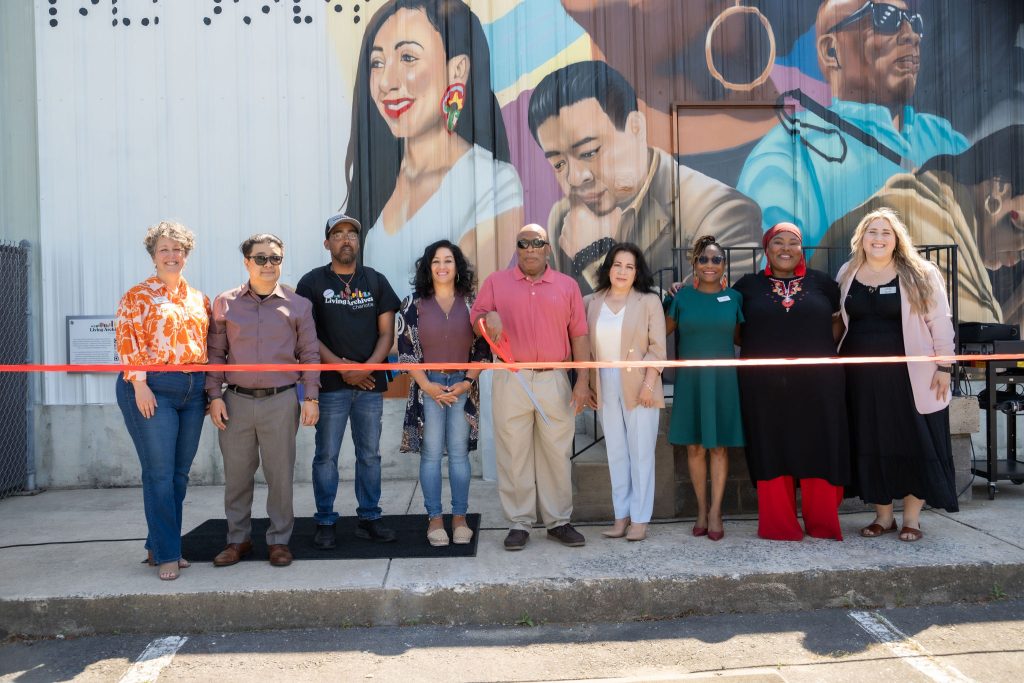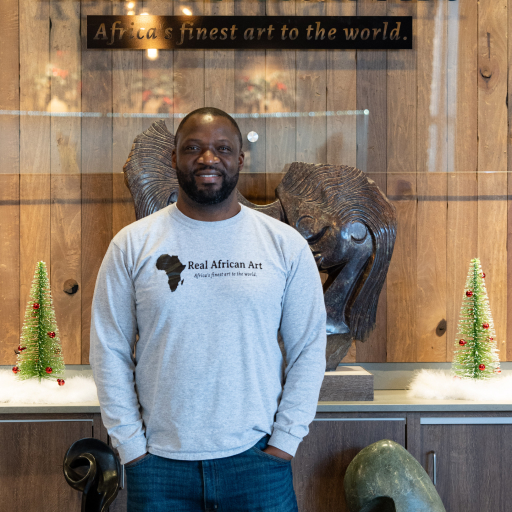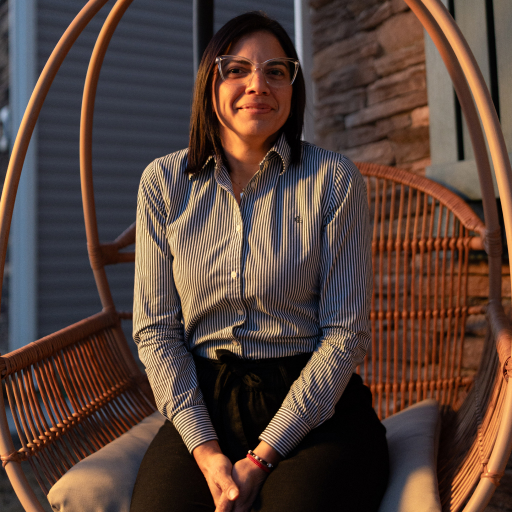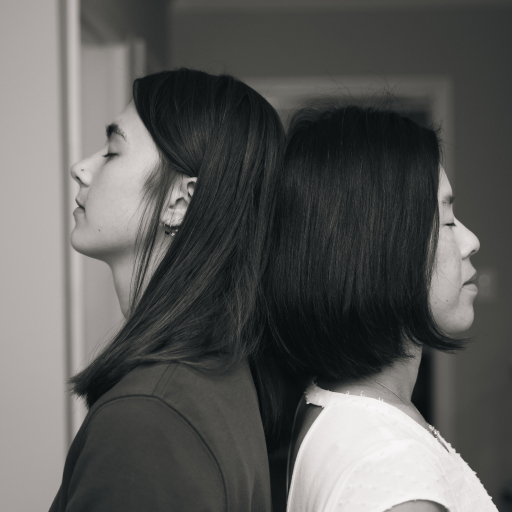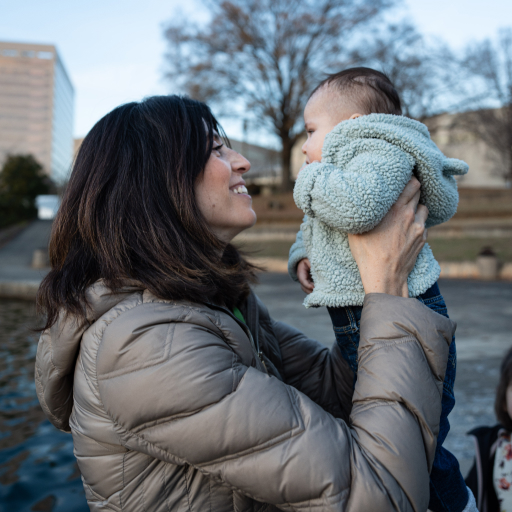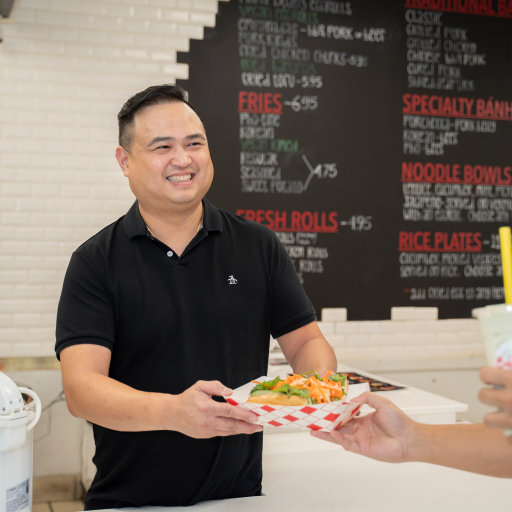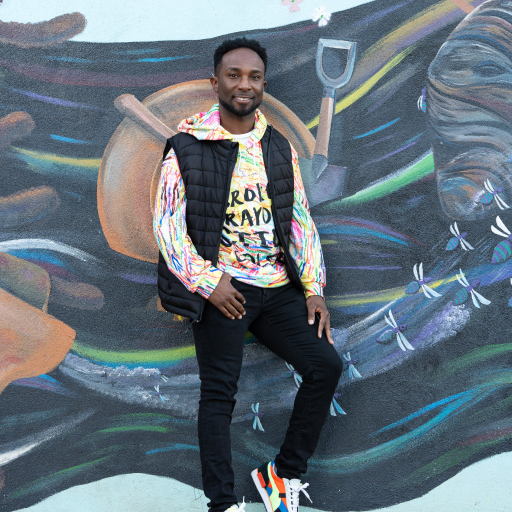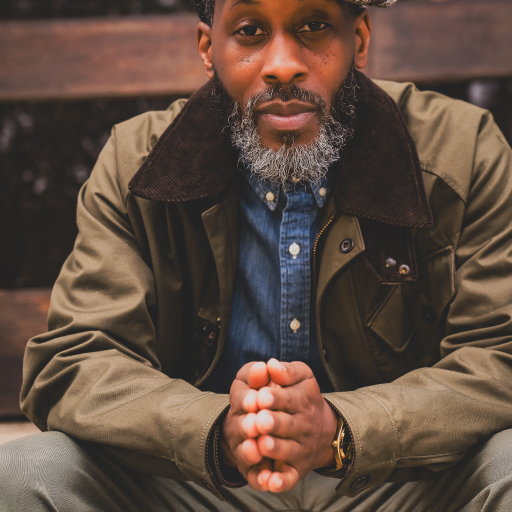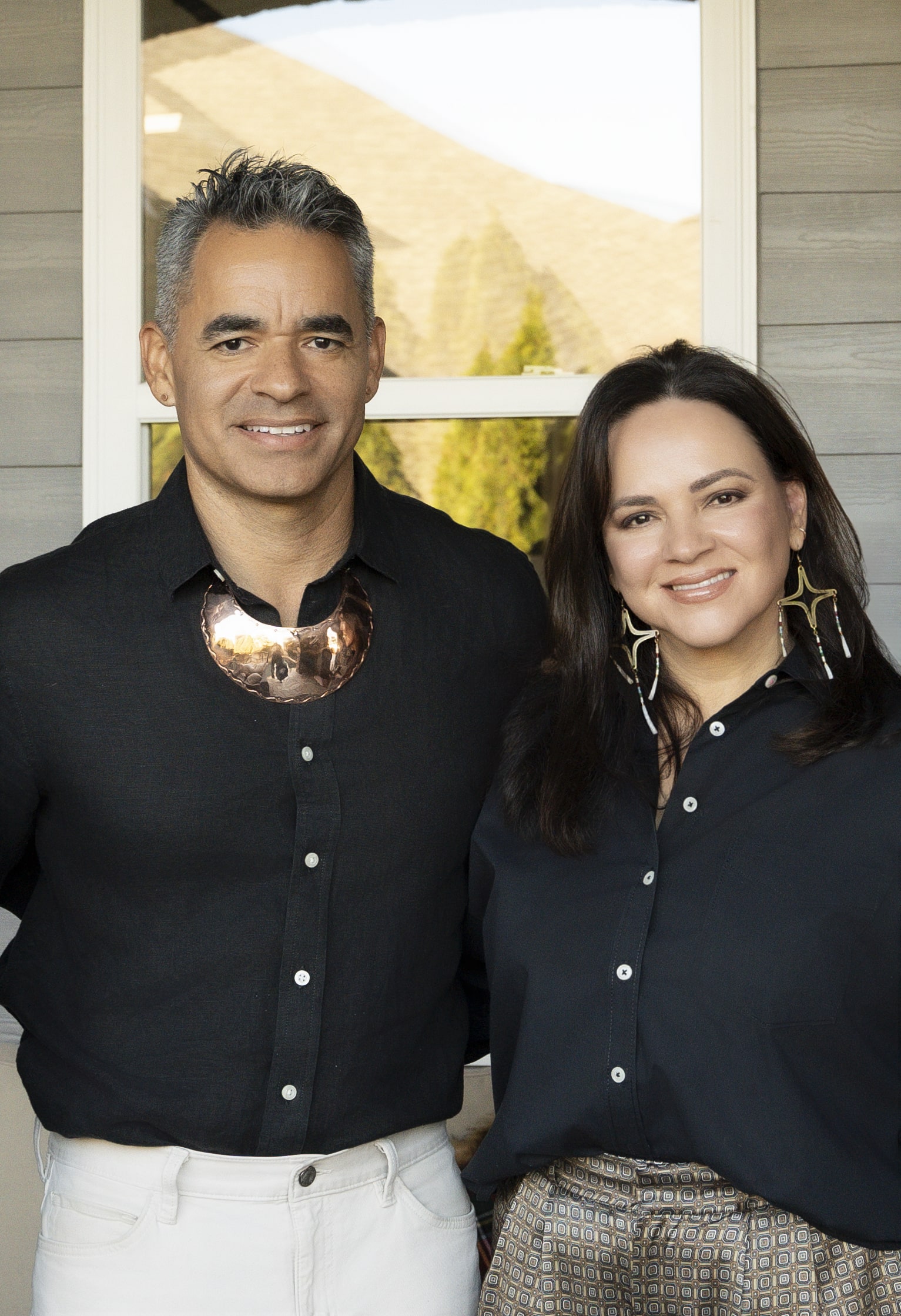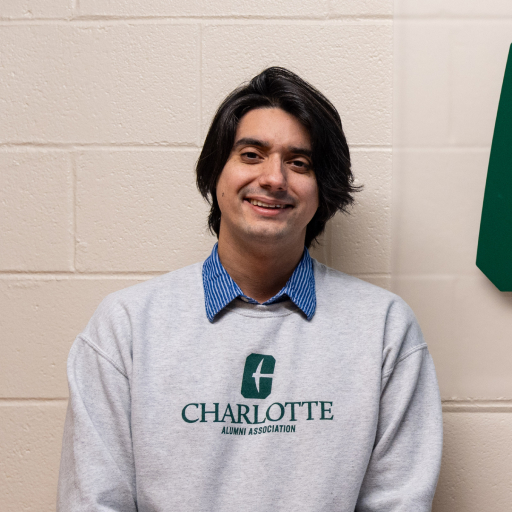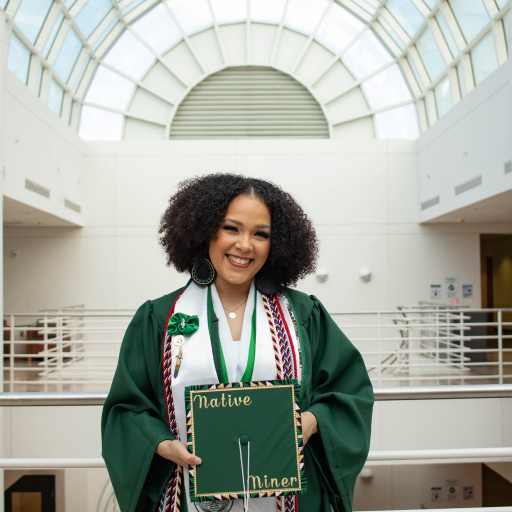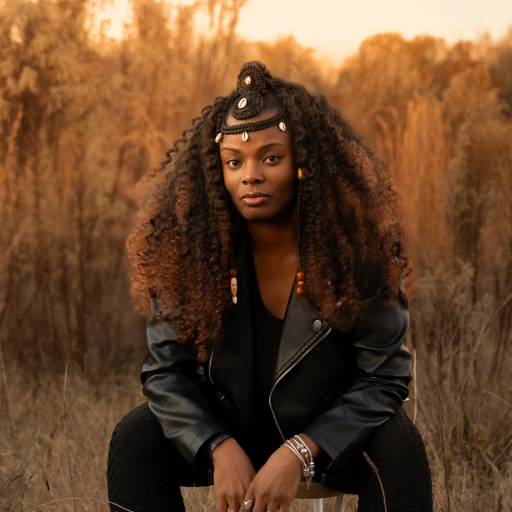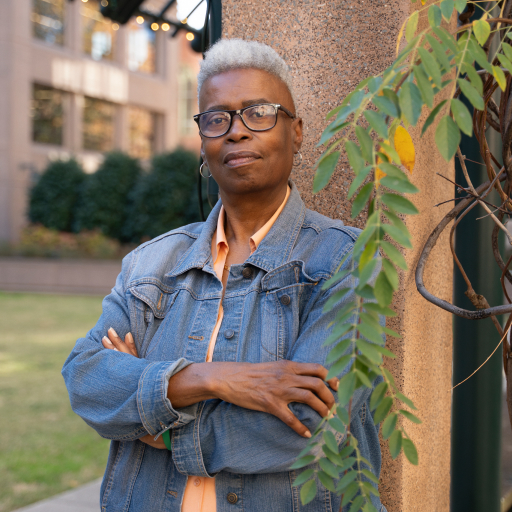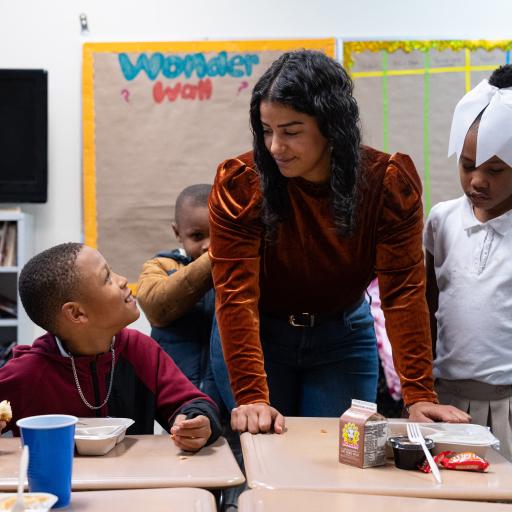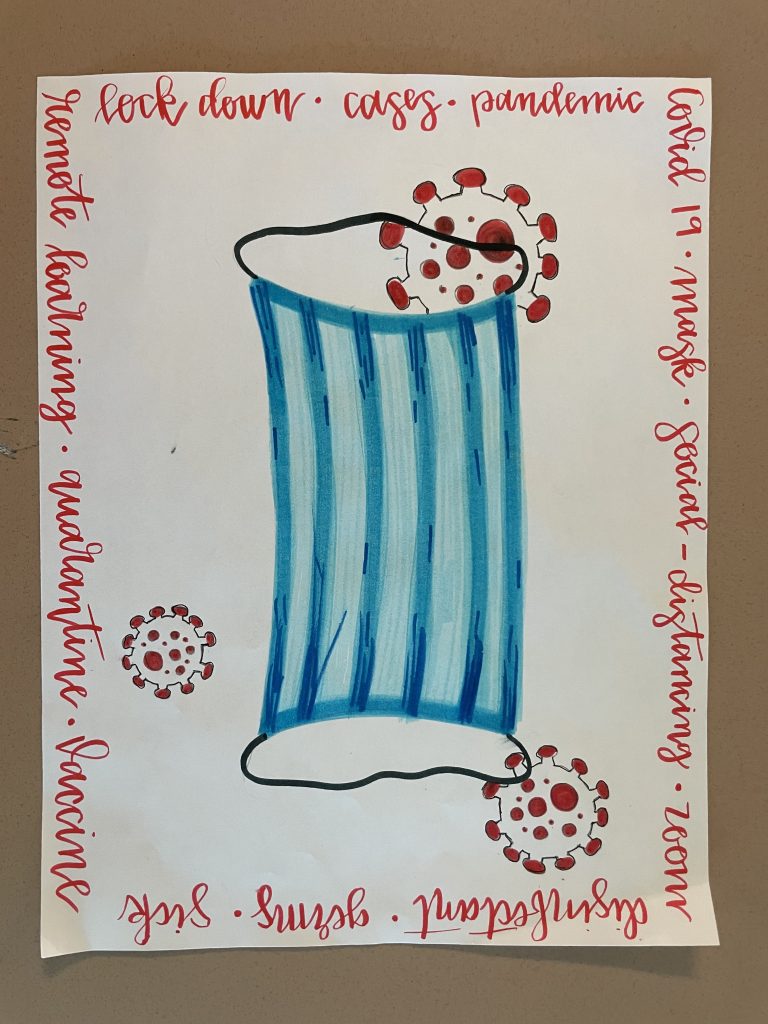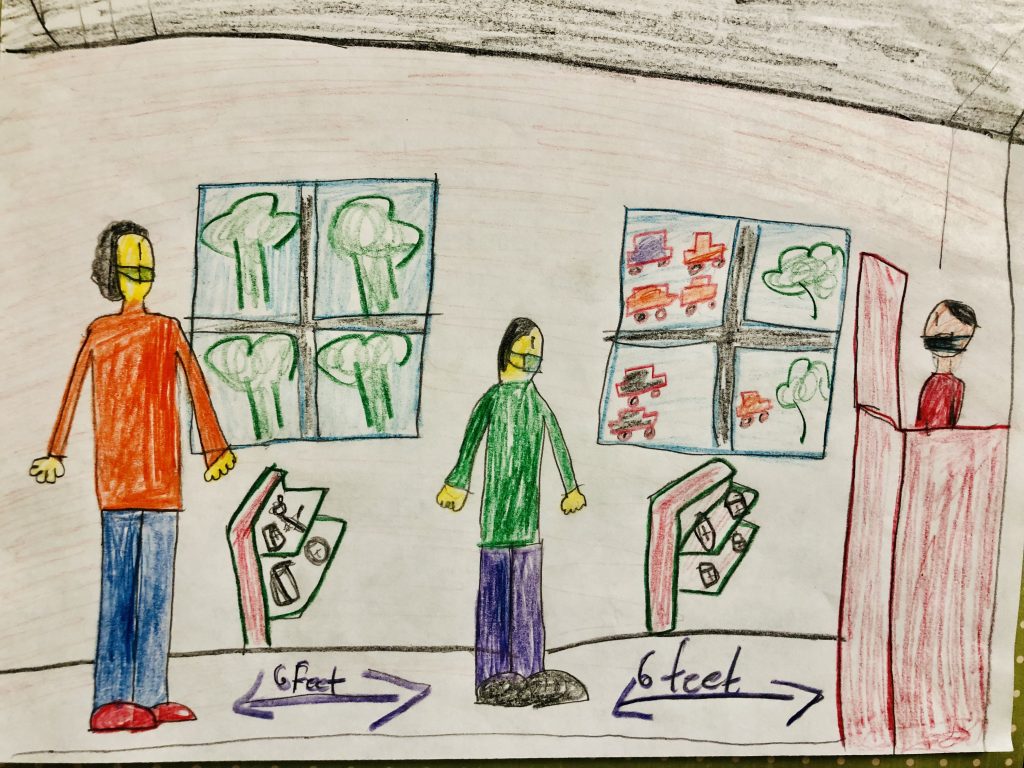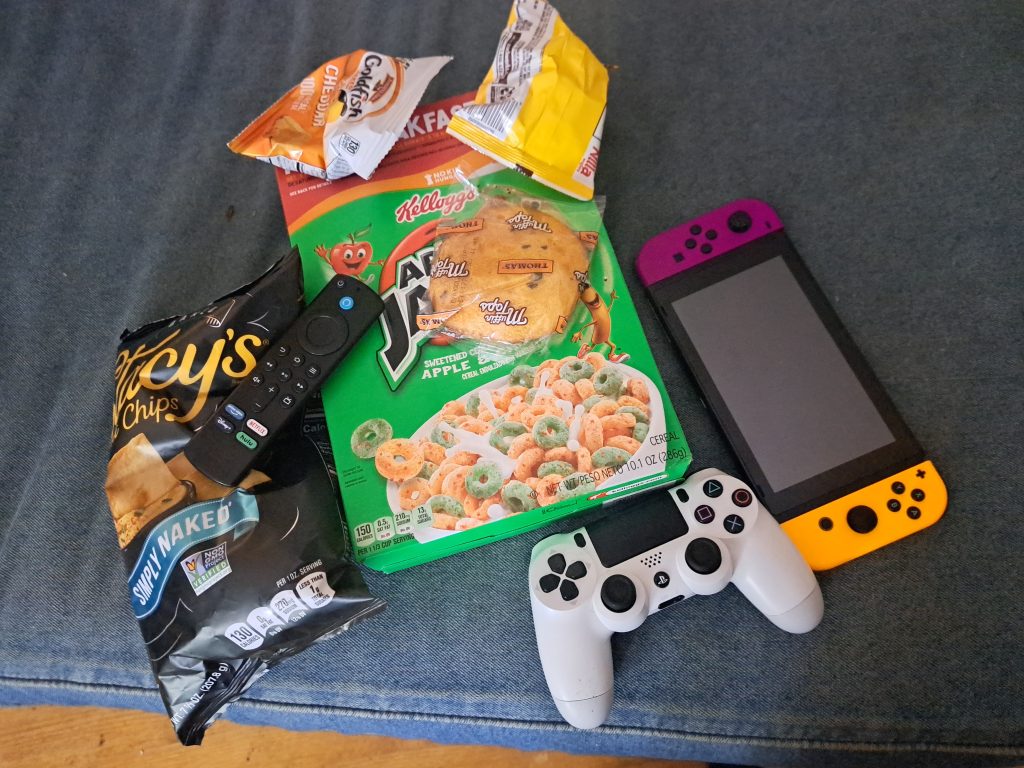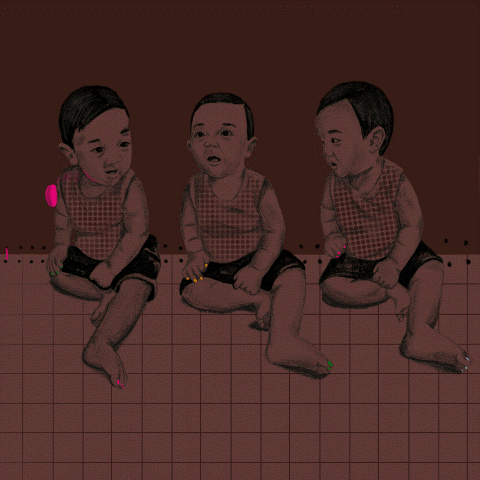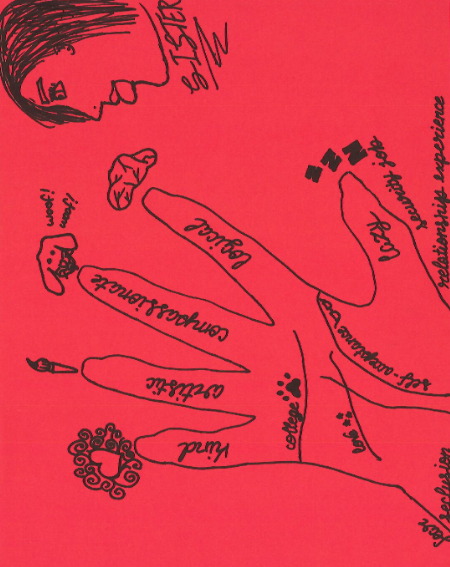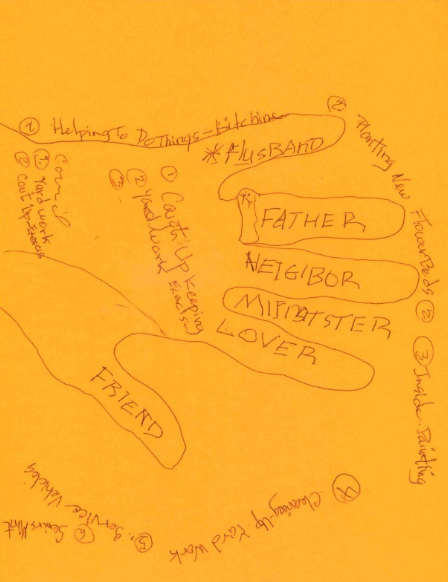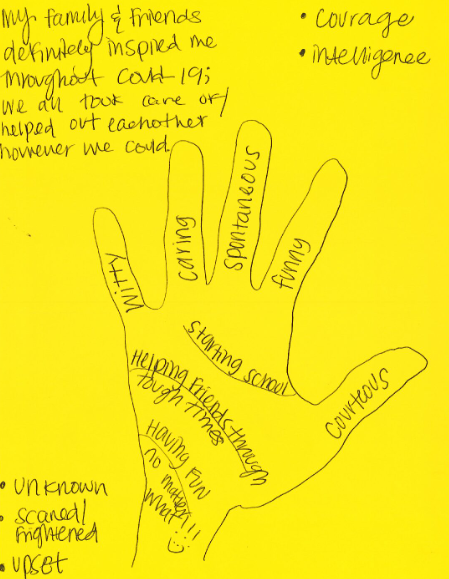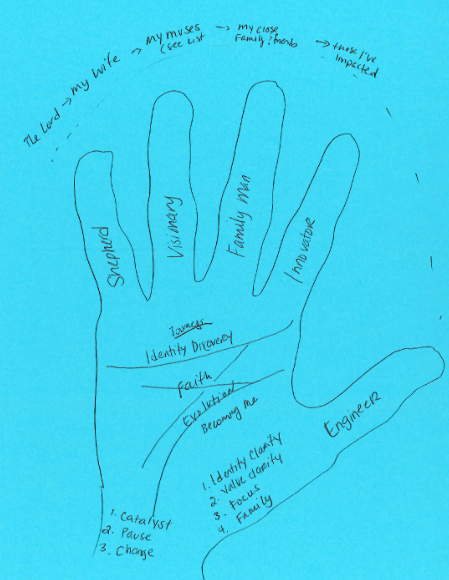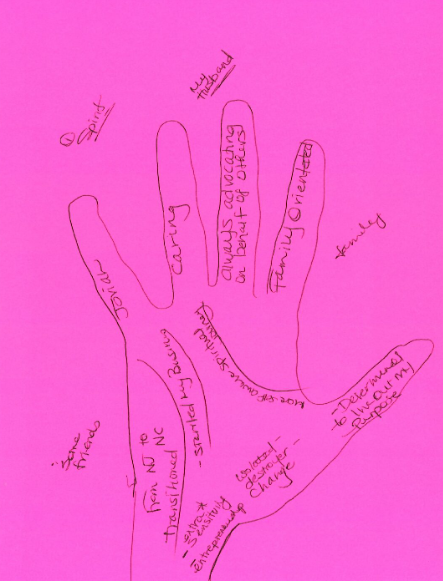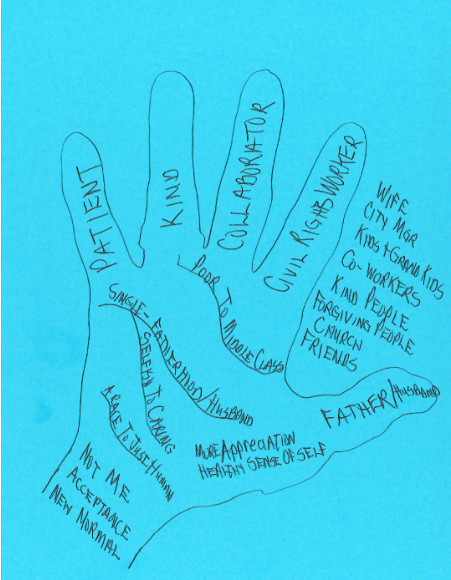We believe these stories of the COVID-19 pandemic should be accessible to future generations. So in addition to the archive itself, we are proud to share an addition to the landscape of public art in Charlotte – a mural by Abel Jackson on the wall of Lions Services. As the adjacent greenway develops, the mural will be visible to bikers, walkers and others to spark memories of emotions and experiences from the COVID years. We hope that if you come visit Charlotte you will take time to visit this magnificent piece.
The Living Archives mural captures the experiences of Mecklenburg County residents as they navigated the challenges of the COVID-19 pandemic. Each figure within the mural symbolizes a range of emotions and experiences, creating visual representation of the community’s collective journey through this unprecedented time.
- Community Service (Brittany Hunt, model): A woman is depicted handing out meals and food to the elderly, embodying the spirit of community service and the importance of supporting those in need during the pandemic.
- Anxiety and Stress (Alex Bui, model): A business owner is portrayed with a concerned expression, reflecting his struggle to keep his business afloat while worrying about the well-being of his family and employees. He stands as a symbol of the anxiety and stress that many faced.
- Sadness and Depression (Delilah Montalvo, model): A woman is shown crying with her hands covering her face, representing the deep sadness and depression experienced by many during periods of isolation and loss.
- Finding Peace Amid Adversity (George Littlejohn, model): In another scene, a man finds solace by listening to his favorite music, illustrating the idea of seeking peace and moments of joy even amidst the turmoil.
- Isolation and Fear (Ivonne Uquillas, model): Above him, a mother looks out her window, masked and quarantined in her own home due to COVID-19. Her gaze captures the feelings of isolation and the fear of uncertainty that permeated daily life.
- Strength and Resilience (Hannah Hasan, model): Finally, a woman looks upward, taking a deep breath, and savoring the simple act of breathing freely. She symbolizes the strength and resilience of the human spirit, appreciating what was once taken for granted.
The Living Archives mural is a poignant reflection of the diverse and profound experiences endured by the community, and serves as a testament to strength and solidarity during the COVID-19 pandemic.



